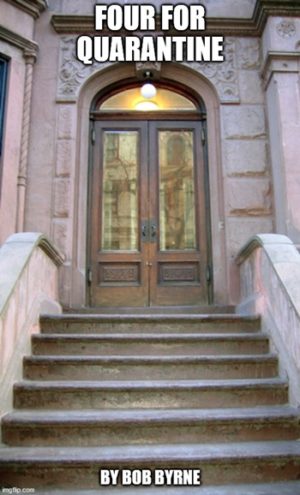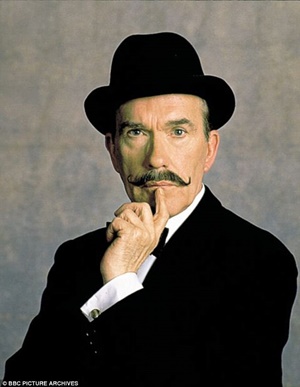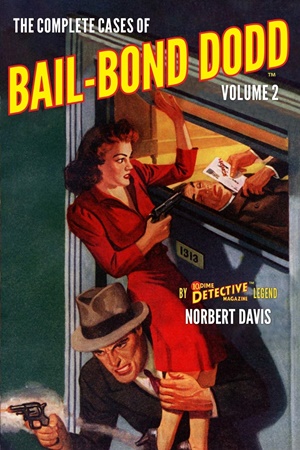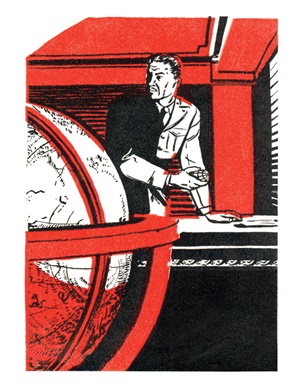Nero Wolfe’s Brownstone: 2020 Stay at Home – Day 31
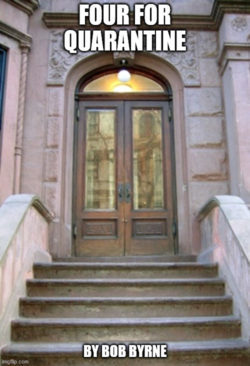 So, last year, as the Pandemic settled in like an unwanted relative who just came for a week and is still tying up the bathroom, I did a series of posts for the FB Page of the Nero Wolfe fan club, The Wolfe Pack. I speculated on what Stay at Home would be like for Archie, living in the Brownstone with Nero Wolfe, Fritz Brenner, and Theodore Horstmann. I have already re-posted days one through thirty. Here is day thirty one (April 20). It helps if you read the series in order, so I’ve included links to the earlier entries.
So, last year, as the Pandemic settled in like an unwanted relative who just came for a week and is still tying up the bathroom, I did a series of posts for the FB Page of the Nero Wolfe fan club, The Wolfe Pack. I speculated on what Stay at Home would be like for Archie, living in the Brownstone with Nero Wolfe, Fritz Brenner, and Theodore Horstmann. I have already re-posted days one through thirty. Here is day thirty one (April 20). It helps if you read the series in order, so I’ve included links to the earlier entries.
Day Thirty One – 2020 Stay at Home (SaH)
During breakfast, Fritz told me that some items were becoming scarce, or even no longer available. Granted, we didn’t exactly buy off-the-shelf goods from chain supermarkets. But it was inevitable that some things would become harder to find. Especially since Wolfe’s taste ran to imported items. Fritz assured me we were well-stocked with Greek honey.
Milk can still be found, but he did say that once in while he might have to try two or three stores. I thanked him for his efforts to keep calcium supplies up. He said that with more and more meat processing plant workers getting sick, fresh meat was soon going to become more scarce. I told him I knew that he’d do his best, but Wolfe would just have to adapt, like the rest of us. He certainly would complain about it, though.
